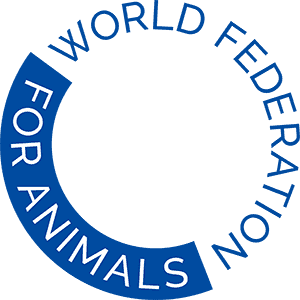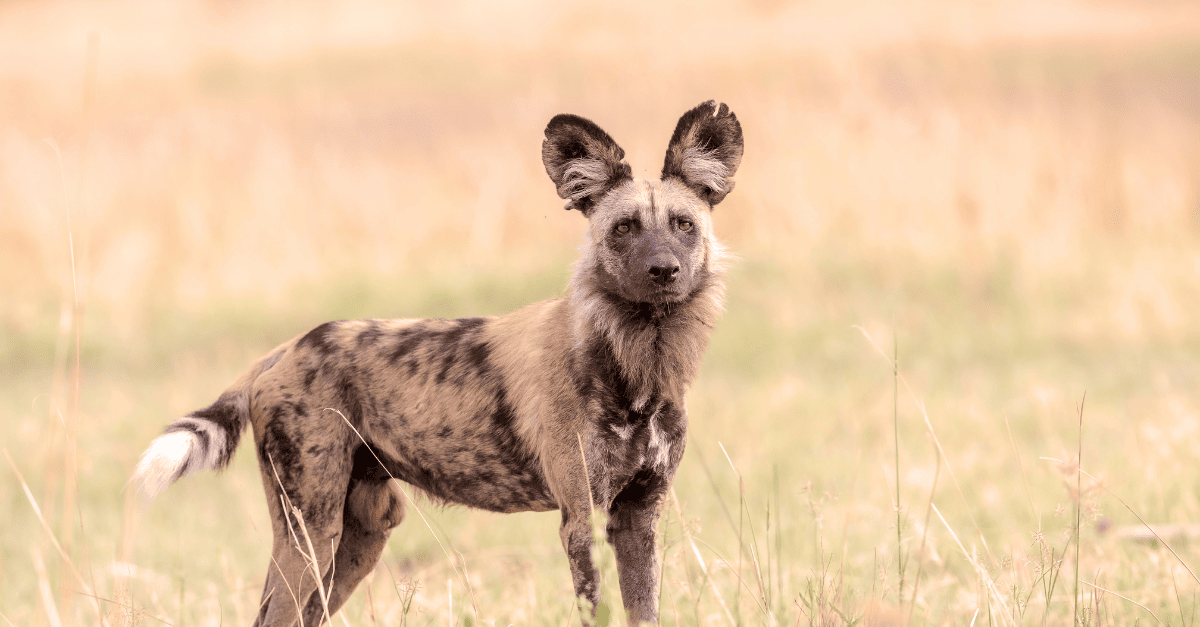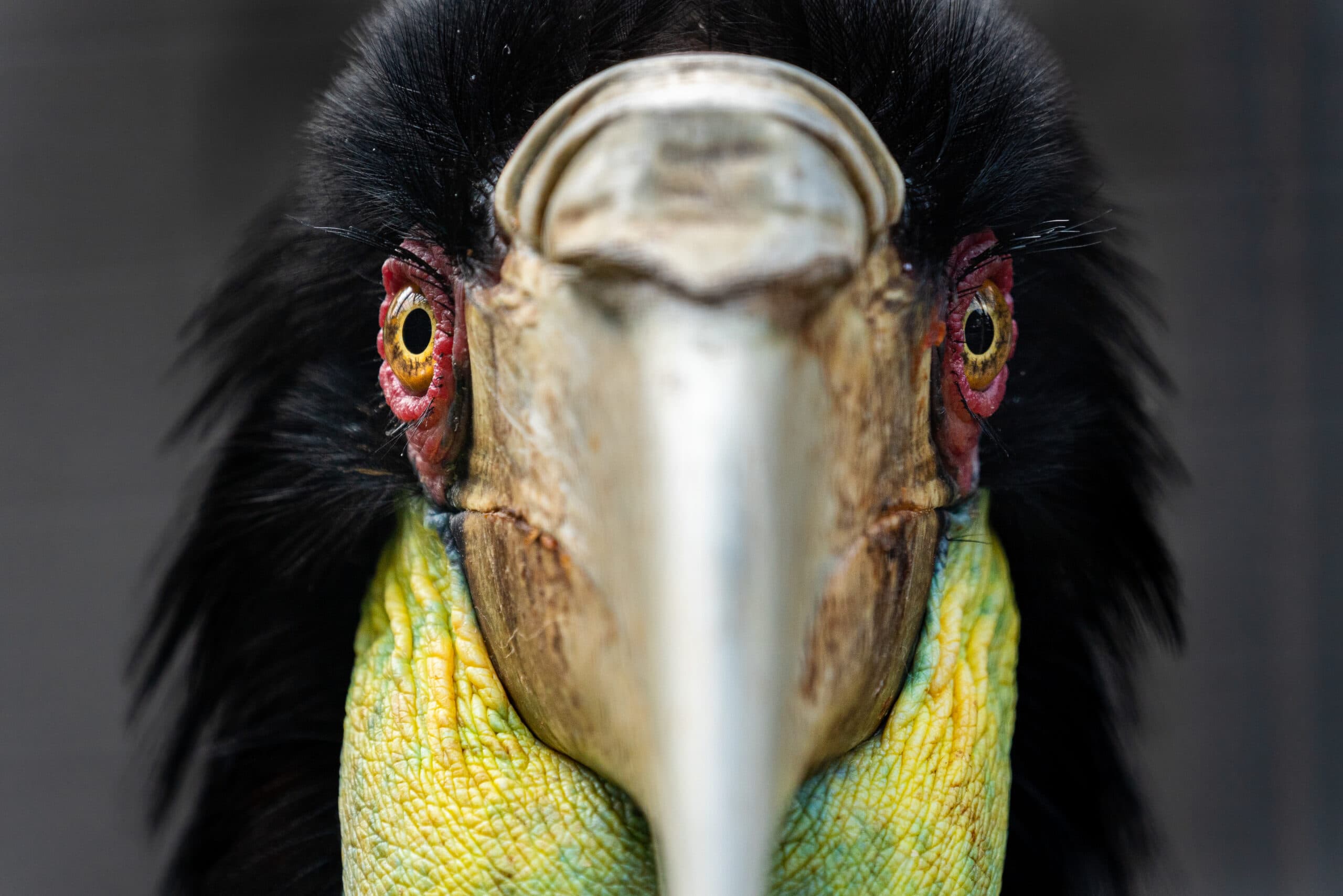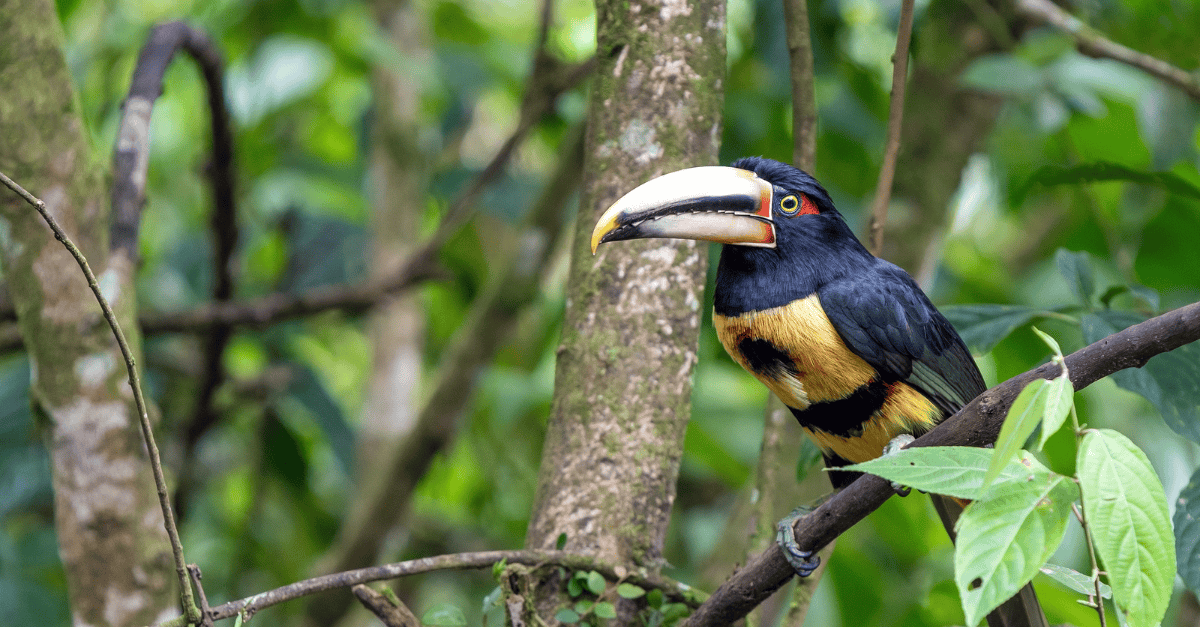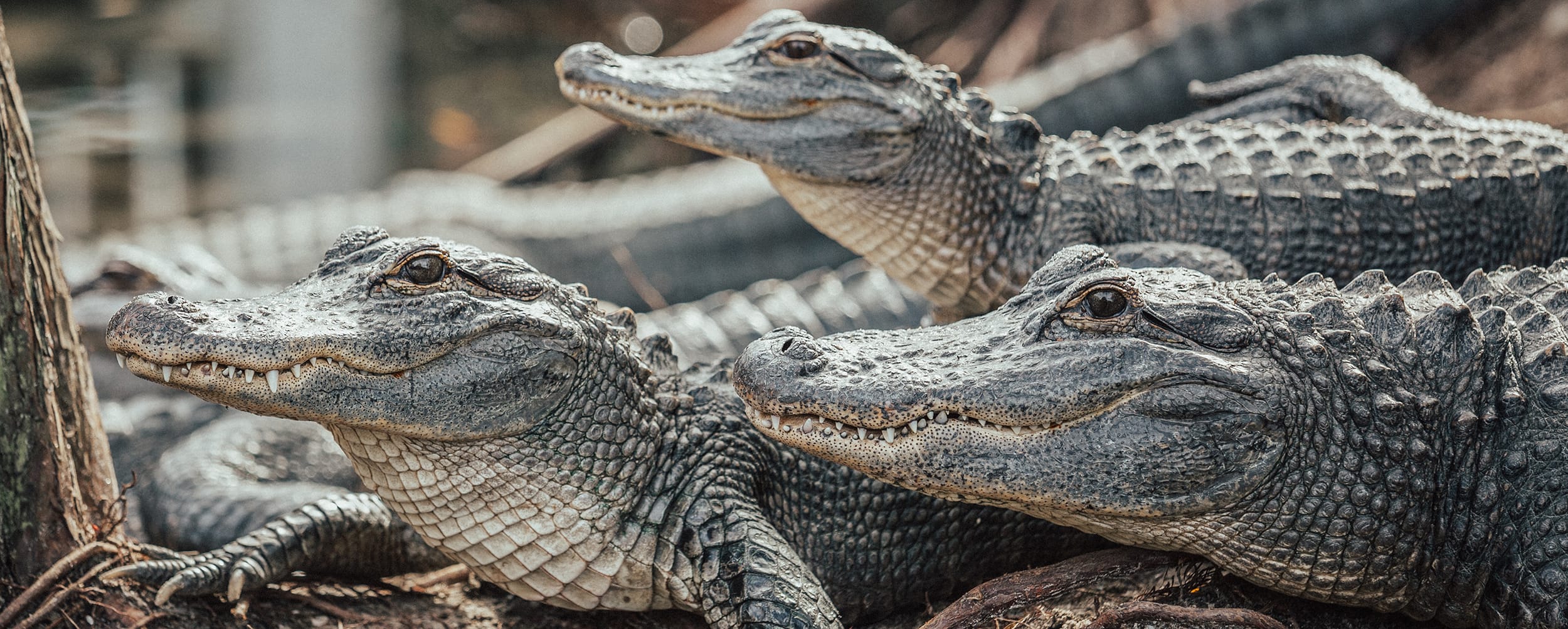In its preamble, the Convention on Biological Diversity (CBD) recognises the need to conserve biodiversity for its intrinsic value and contributions to human well-being and sustainable development. We concur. All living organisms, including all animals, play an essential part in the environment in which they live. They are a vital component of ecosystems, and the value they have and provide should not be underestimated.
Yet, today, a million species are at risk of extinction and extinction rates are accelerating. Nature’s decline is unprecedented.
The world needs a global framework that sets a clear path to tackle this great loss of biodiversity, and we need it now. With the CBD Parties coming together in Montreal for their 15th conference (COP15), countries around the world have an opportunity to chart a way that does so effectively. The new global biodiversity framework (GBF) expected to come out of COP15 must:
1. Halt and prevent human-induced species extinctions, restore threatened species and sustainably conserve all species.
Committing to halting human-induced extinctions now is paramount to avoid grave impacts on animals, ecosystems and people. The GBF goals and targets must take a bold stance to prevent species from becoming threatened while reducing pressure on already threatened ones and enabling their recovery. We need to protect and restore viable wildlife populations within functional ecosystems urgently.
2. Eliminate animal exploitation and embed animal health and wellbeing to address biodiversity loss and reduce zoonotic disease risk
The current GBF draft fails to apply an effective approach to tackle the common drivers of biodiversity loss, climate change, adverse health outcomes and increased pandemic risk; it fails to recognise the interrelationship between human, animal and ecosystem health and well-being. This needs to be corrected. The One Health approach, as defined by the One Health High-level Expert Panel, should have a prominent place in the GBF. This is essential to substantially reduce zoonotic disease risk and tackle the biodiversity and climate crises.
3. Shift the sustainable use narrative towards ecocentrism and better integrate the multiple values of biodiversity
‘Sustainable use’, a cross-cutting concept in the GBF, should only be applied to uses that meet strict criteria for managing and assessing biological and ecological sustainability, allowing species and the ecosystems they are part of to recover and thrive. It is essential to establish robust sustainability criteria. These need to consider all uses and pressures on species and to incorporate all the societal, economic, health and well-being risks for humans, animals and the environment that are driven by wildlife exploitation. With wildlife exploitation being the second most significant direct driver of biodiversity loss, a highly precautionary approach is needed.
For more information:
- WFA & Born Free Position Paper for CBD COP15: What the GBF must do for animals, people and nature.
- Contact: Sabine Brels, WFA, and Adeline Lerambert, Born Free
Photo by Ian Parker on Unsplash
